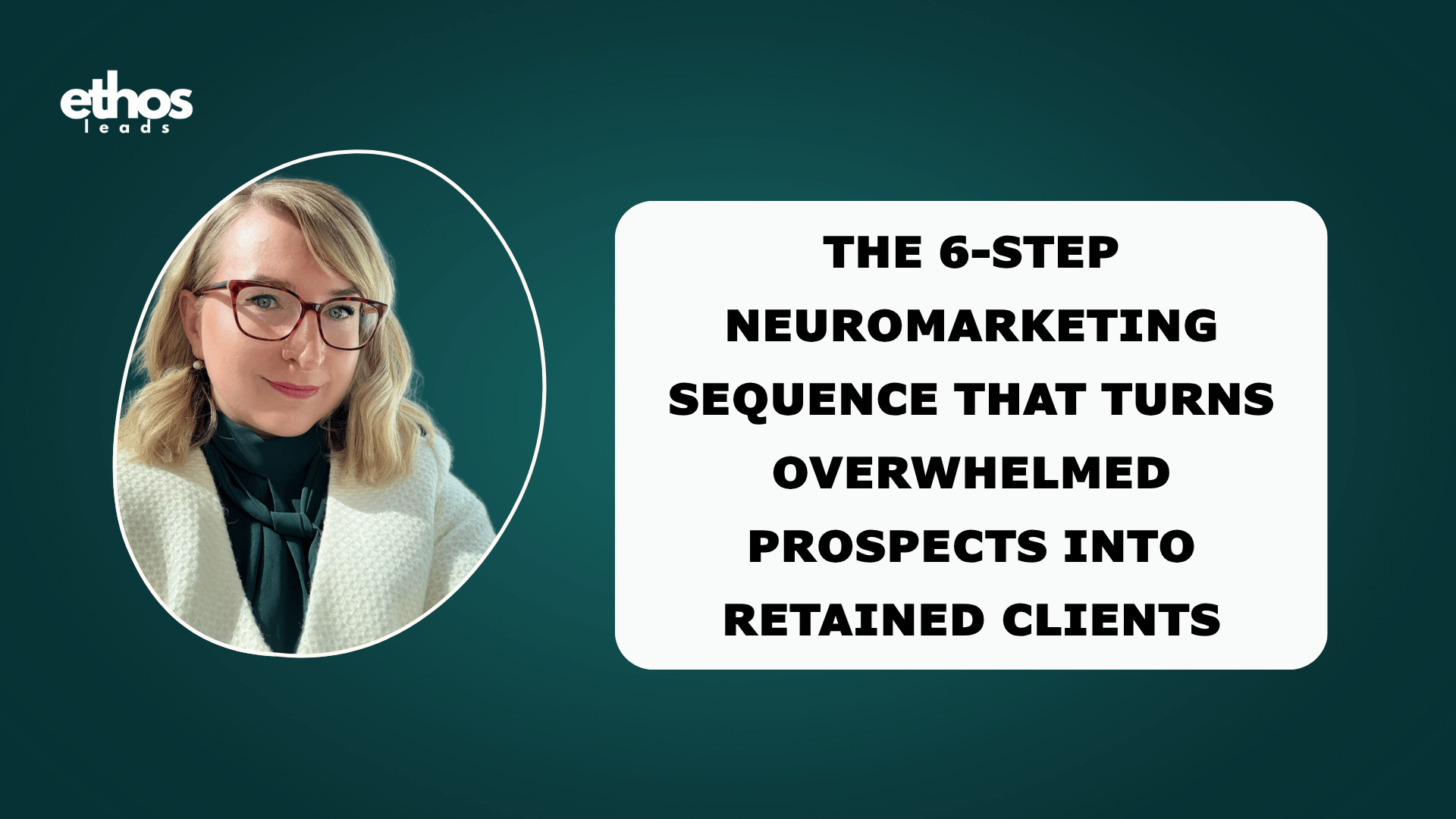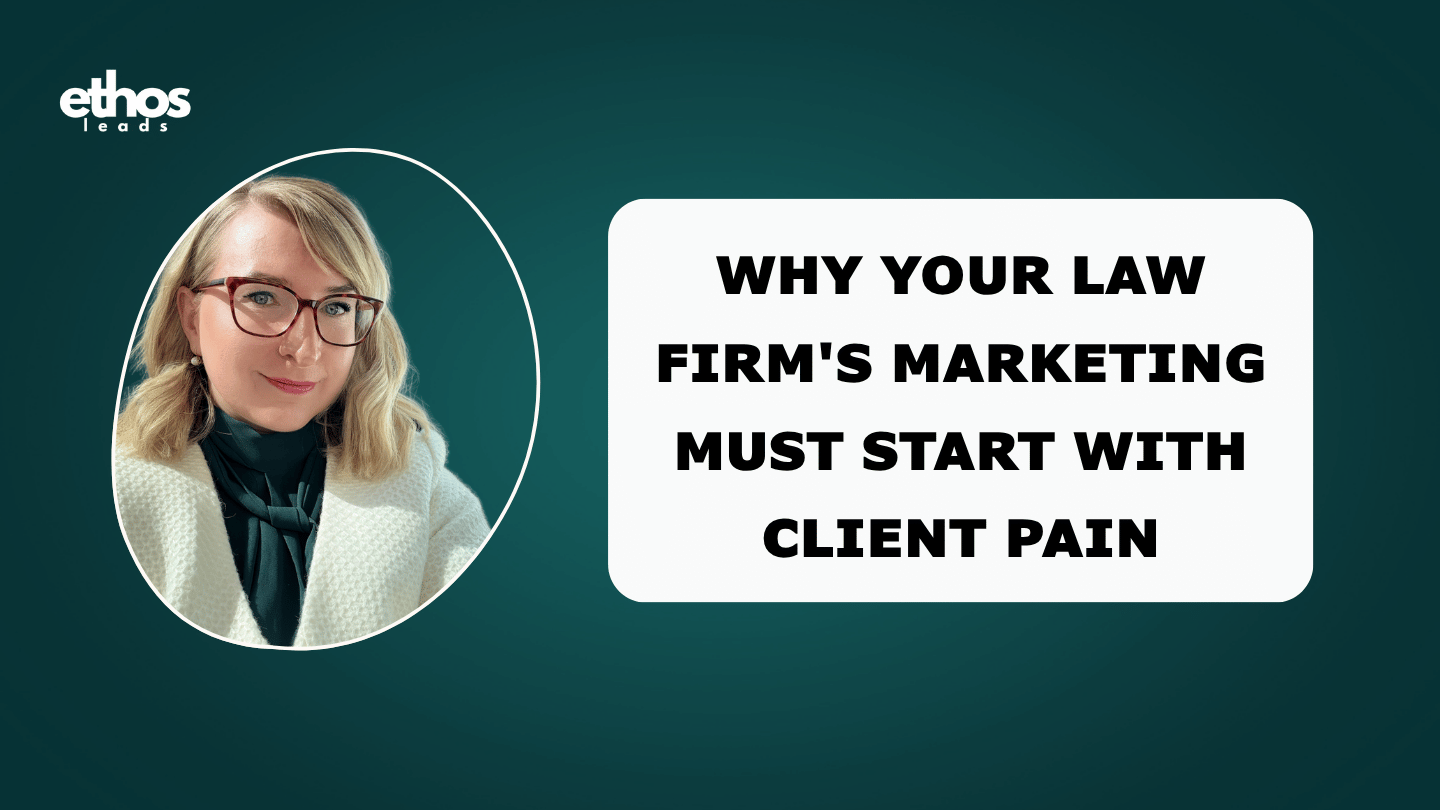Distributing and Promoting Videos
- Video
- 6 mins
Video Content Marketing Channels
Videos are a powerful tool for educating potential clients, building trust, and ultimately attracting new business. But simply creating a video isn't enough. To maximize its impact, you need a solid distribution and promotion strategy.
When choosing the right platforms for distributing your videos, consider the following factors:
Target Audience
Identify where your target audience is most active and engaged.
Different platforms cater to different demographics, interests, and content formats:
- YouTube is a broad platform suitable for various types of video content.
- Facebook is great for reaching a wide range of audiences and promoting longer-form videos.
- Instagram and TikTok are ideal for shorter, more visually engaging videos targeting younger audiences.
- LinkedIn is suitable for professional and B2B-focused video content.
Content Format
Tailor your video format to the platform's preferences and best practices.
- YouTube supports long-form videos, while Instagram and TikTok are better suited for shorter videos.
- Vertical videos perform better on mobile-focused platforms like LinkedIn, TikTok and Instagram Reels.
Marketing Goals
Align your video distribution strategy with your overall marketing objectives.
- If your goal is brand awareness, prioritize platforms with large user bases like YouTube and Facebook.
- For lead generation, consider platforms that allow for effective calls-to-action and lead capture, such as your website or LinkedIn.
Analytics and Tracking
Choose platforms that provide robust analytics and tracking capabilities to measure your video performance.
- YouTube, Facebook, and LinkedIn offer detailed video analytics and insights.
- Some platforms like Vimeo and Wistia provide advanced video marketing tools and tracking features.
Budget and Resources
Consider the costs and resources required for each platform, including advertising, production, and optimization.
- Platforms like YouTube and Facebook offer cost-effective advertising options for promoting your videos.
- Hosting videos on your website may require additional resources for video players and bandwidth.
By evaluating these factors, you can select the most appropriate platforms to effectively distribute your videos and achieve your marketing goals.
Integrating video marketing with other digital marketing channels is crucial for maximizing its impact and achieving your overall marketing goals.
Here are some of the best platforms to distribute and promote your videos:
1. YouTube
YouTube is the world's largest video platform with over 2 billion monthly active users.
Uploading longer, in-depth videos exploring complex legal topics increases your overall reach.
Potential clients searching for legal information or explanations of legal concepts might stumble upon your content, leading them to your firm.
2. LinkedIn
LinkedIn is a powerful platform for lawyers to connect with potential clients, showcase their expertise, and build trust.
Uploading videos here allows you to target a specific audience—decision-makers, potential clients facing relevant legal issues, or even fellow lawyers seeking industry insights.
Native videos uploaded directly to LinkedIn are favored by the platform's algorithm over shared links from other sites like YouTube.
LinkedIn allows you to record short videos directly within the platform. So, make sure you use it to share quick updates, insights, or behind-the-scenes glimpses of your practice.
3. Your Law Firm Website
Embed your videos prominently on your law firm's website, such as on the homepage, practice area pages, lawyers’ bio pages, blog posts or a dedicated video library.
This can improve user engagement, boost conversions, and enhance your search engine rankings.
4. Email Marketing
Include your video content in email newsletters or targeted email campaigns.
Videos can increase click-through rates and engagement with your email marketing efforts.
5. Content Marketing
Embed relevant videos within blog posts, whitepapers, or other long-form content.
Repurpose video content into written formats like transcripts, blog posts, or e-books.
Use video to support and enhance your overall content marketing strategy.
6. Paid Advertising
Consider running paid video advertising campaigns on platforms like YouTube, LinkedIn, Facebook, or Instagram to reach a highly targeted audience based on specific demographics or interests.
Key Takeaways
Distributing your videos on the right platforms is crucial. Consider your target audience, content format, and marketing goals when choosing where to place your videos. YouTube is great for reaching a broad audience with long-form content, while LinkedIn is ideal for B2B content and targeting specific demographics.
Integrate video marketing with other channels. Promote your videos on your website, in email marketing blasts, and within blog posts. Paid advertising on platforms like YouTube and LinkedIn allows you to target high-value clients.
Leverage the strengths of different platforms. Utilize YouTube ads for laser-focused targeting and brand storytelling. Take advantage of LinkedIn's ad features like lead gen forms and retargeting to maximize lead generation.
Think long-term. Continuously measure and optimize your video performance using analytics tools provided by these platforms to refine your strategy and improve results over time.
By consistently creating high-quality videos and using a data-driven approach, you can establish your law firm as a trusted authority online.
Interested to learn more about the power of video marketing for lawyers?
Read Lawyer Video Power: The Step-By-Step Guide to Build Your Law Firm's Video Marketing Strategy
This guide will equip you with the knowledge and tools to navigate the exciting world of video marketing for lawyers. From crafting a strategic plan to creating captivating content and measuring success, you have everything you need to use the power of video and grow your legal practice.

.png)



